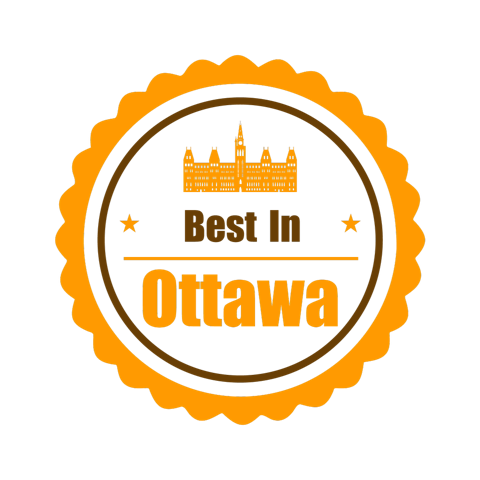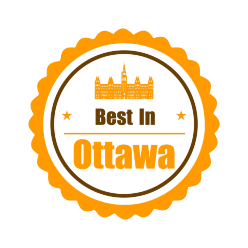How do you know which way to go when you can’t see the road ahead clearly? How do you know which direction to pick when you’re not sure what your options are?
There is a comfort in being in survival mode. When we’re in survival mode we don’t have to worry about what’s ahead of us because we’re totally focused on one thing: surviving. You can’t worry about tomorrow when you’re focused on getting through today.
Coming out of survival mode is kind of like coming out of a dark dense forest. First there’s reprieve, for a while you’re just grateful that you’re not stuck in survival mode. Sometimes the path ahead is clear and you can see what you need to do next. Sometimes though, you might walk out of a dark dense forest into a thick fog. You might at times think and feel that you’d prefer to turn around and go back into the forest. At least you know how to survive there.
Over the years I’ve seen many people experience this sort of transition when they’re getting set to retire. While in the job, they’re in survival mode. Once retired, they’re not sure what their life is to be about. They’re not clear on which direction to take. Part of it is that while in survival mode, we only have to think in one way.
When I was in high school, I had to wear a uniform. I never had to think about what to wear. And at the same time I wasn’t able to use my creativity to any significant degree when it came to my appearance. While we’re in survival mode we can become stagnant in our passionate and creative expression of who we are. We can lose touch with our purpose.
During the initial phase of care at the Happy Spine, patients will often come out of survival mode. Once they’re out, they’re faced with the consequences of having been in survival mode for however long. Sometimes patients are able to see the bodymind connection more clearly and how their perceptions have contributed to being in survival mode and adapting to it. They’re able to change their perceptions of themselves and their relationships.
But what if you want to change and you’re not sure what or how? You want to pick a direction but you’re not even sure what your options are. Karen was in for her appointment the other day and she was describing to me that she’s reached this point. She’s been observing her thoughts and trying to shift her perceptions of herself in her relationships. But to her, she’s not sure what she’s doing exactly. (It’s interesting to note that right now Karen is experiencing uncertainty but she’s choosing not to go back into survival mode.) She told me that she’s the kind of person who’s organized and who likes things lined up and then she can deal with whatever comes her way. But now, she doesn’t have that and yet she’s able to somehow stick with it. I asked her how she’s doing this. “Well, I kinda feel my way through it. I follow what feels good.”, she said.
Following what feels good
This works differently if you’re in survival mode as opposed to when you’re not. If you’re in survival mode, what usually feels good is moving away from pain. If you’re not in survival mode, what feels good is sourced from somewhere else, it’s not dependant on pain. What feels good might be moving away from pain or it might be moving into it: When you’re out of survival mode, you use a different ruler to measure what feels good.
Following the energy
When we’re in survival mode, our capacity to feel energized or anything other than pain is muted. Once we’re out of survival mode, we’re able to feel energized: healthy, refreshed, strengthened, renewed, focused, inspired, vibrant, invigorated, determined, creative and motivated. We can feel other emotions as well, the full human experience. When we feel more energized, we start choosing this as the outcome we want. This can become the new ruler we use in our lives to help guide our choices.




